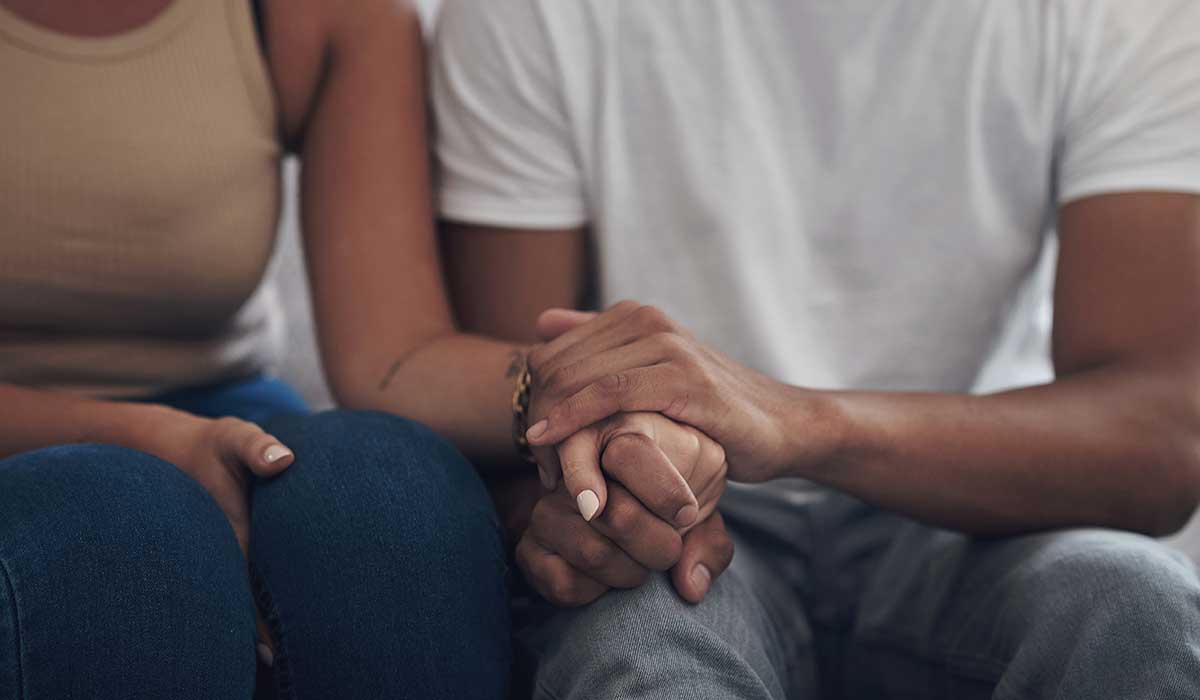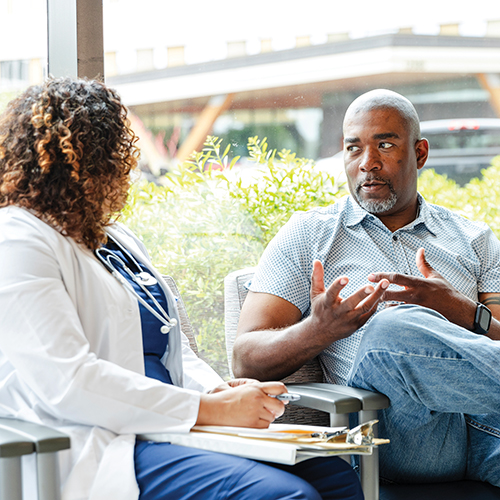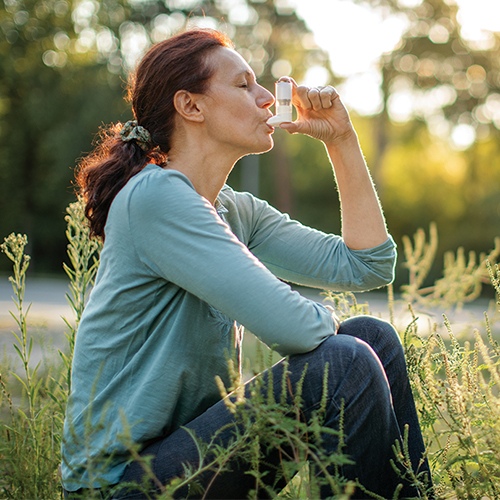May 2022
If you’re feeling sad, hopeless, and irritable lately, you’re not alone. These are common signs of depression. And it’s on the rise worldwide.
The COVID-19 pandemic has a lot to do with it, according to an October 2021 study published in The Lancet. It found that rates of depression climbed by 28% in 2020, with COVID-19 increasing mental health issues, hitting women and children the hardest. The Lancet researchers found that rates of depression and anxiety climbed as COVID-19 infection rates increased. They also increased when people couldn’t socialize and move around as before, due to lockdowns, quarantines, business closures, and social distancing. However, even before the pandemic, mental health disorders were a major health burden.
Are you at risk of depression?
Some people are at greater risk for depression. Risk factors for depression include:
- Having a personal or family history of depression.
- Using certain medications. Some 33% of adults take medications that can cause depression, according to a study in JAMA. The most commonly used include antihypertensives for high blood pressure, proton pump inhibitors for stomach problems, analgesics for pain, and hormonal contraceptives.
- Starting an antidepressant. Some people can initially experience worsening symptoms, according to the Anxiety & Depression Association of America. The risks are greater for children, teens, and young adults. (Antidepressants contain black box warnings of suicidal ideation for these groups.)
- Having a brain disease, such as dementia, stroke, or Parkinson’s disease.
- Having a chronic physical illness, including diabetes, heart disease, or cancer.
- Abusing alcohol or drugs.
- Experiencing traumatic or stressful life events, such as the death of a spouse, divorce, or caregiving for someone with a chronic illness.
Warning signs of depression
It’s OK to feel sad, overwhelmed, or exhausted by stressful life situations. However, when these feelings last most of the day, every day, for two weeks or longer, it’s time to get professional mental help.
Depression isn’t only about being sad, though. The symptoms and signs of depression can include both mental and physical reactions.
It’s important to know what to look for to get the help you need. Here’s how to recognize depression in yourself and those you love. The National Institute of Mental Health lists these warning signs:
- Persistent sad, anxious, or “empty” mood
- Feelings of hopelessness, guilt, worthlessness, or helplessness
- Irritability and restlessness
- Loss of interest or pleasure in hobbies and activities
- Decreased energy, fatigue, or feeling like you’re moving in slow motion
- Difficulty concentrating, working, remembering things, or making decisions
- Difficulty sleeping, waking up earlier than usual, or sleeping more than usual
- Appetite and/or weight changes
- Body aches and pains, including headaches, cramps, and digestive problems that have no known cause or don’t respond to treatment
- Thoughts of self-harm, death, or suicide
- Suicide attempts
Getting help for depression
The good news is that you can get a handle on your depression by getting professional mental health help. Treatment for depression usually includes antidepressant medication, psychotherapy, or a combination of the two. More severe and chronic depression responds significantly better to a combination of medications and psychotherapy, according to the Anxiety & Depression Association of America.
It’s also important to know that every person’s depression is different, so responses to treatment can vary. It can also take a month — sometimes longer — before symptoms start to improve.
When your depression is an emergency
If you have thoughts of suicide or self-harm, get help right away. Call the National Suicide Prevention Lifeline at 1-800-273-8255. It provides free and confidential support to anyone going through an emotional or suicidal crisis. You can also get help through online chat at suicidepreventionlifeline.org/chat/, or you can use the Crisis Textline by texting HELLO to 741741.



